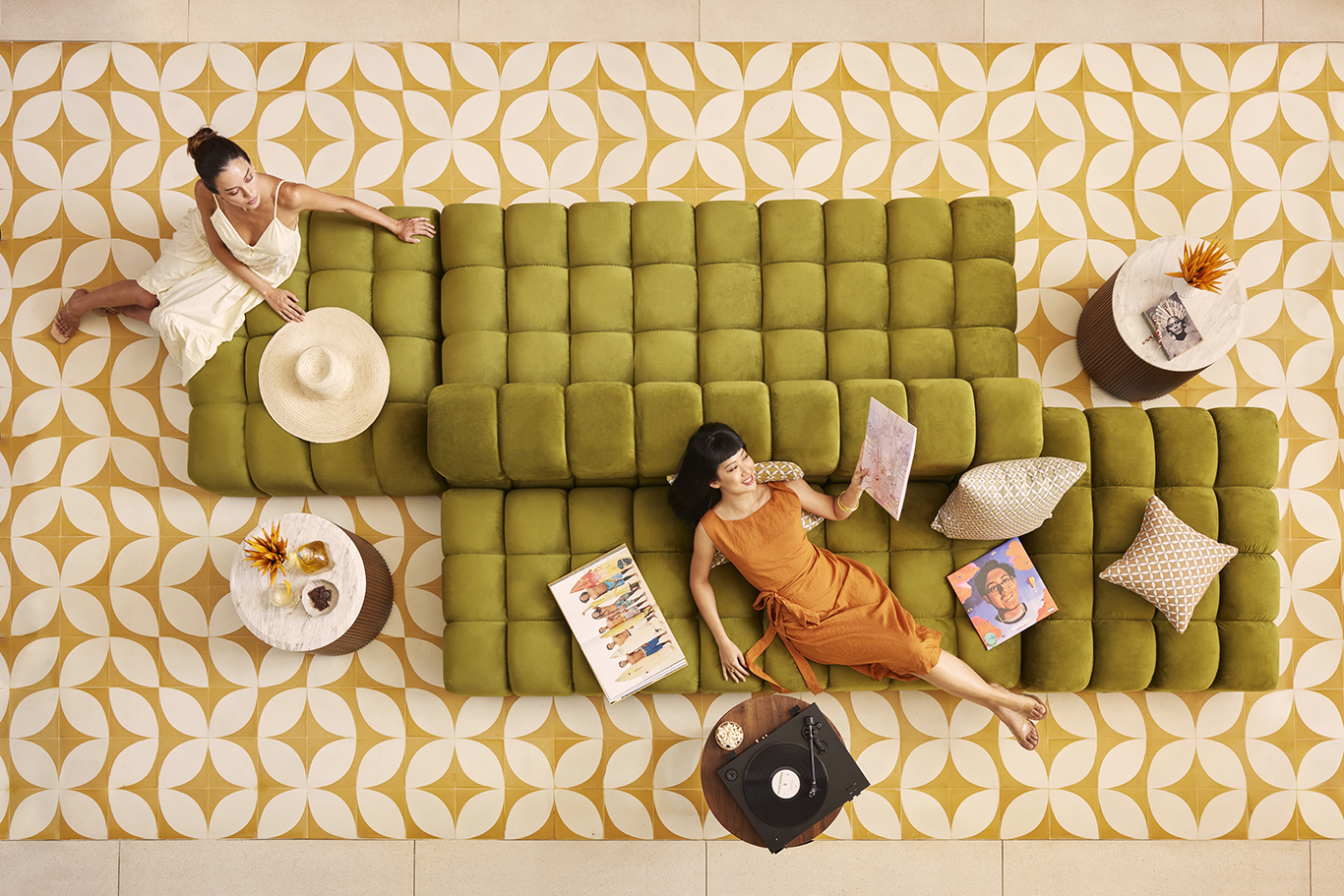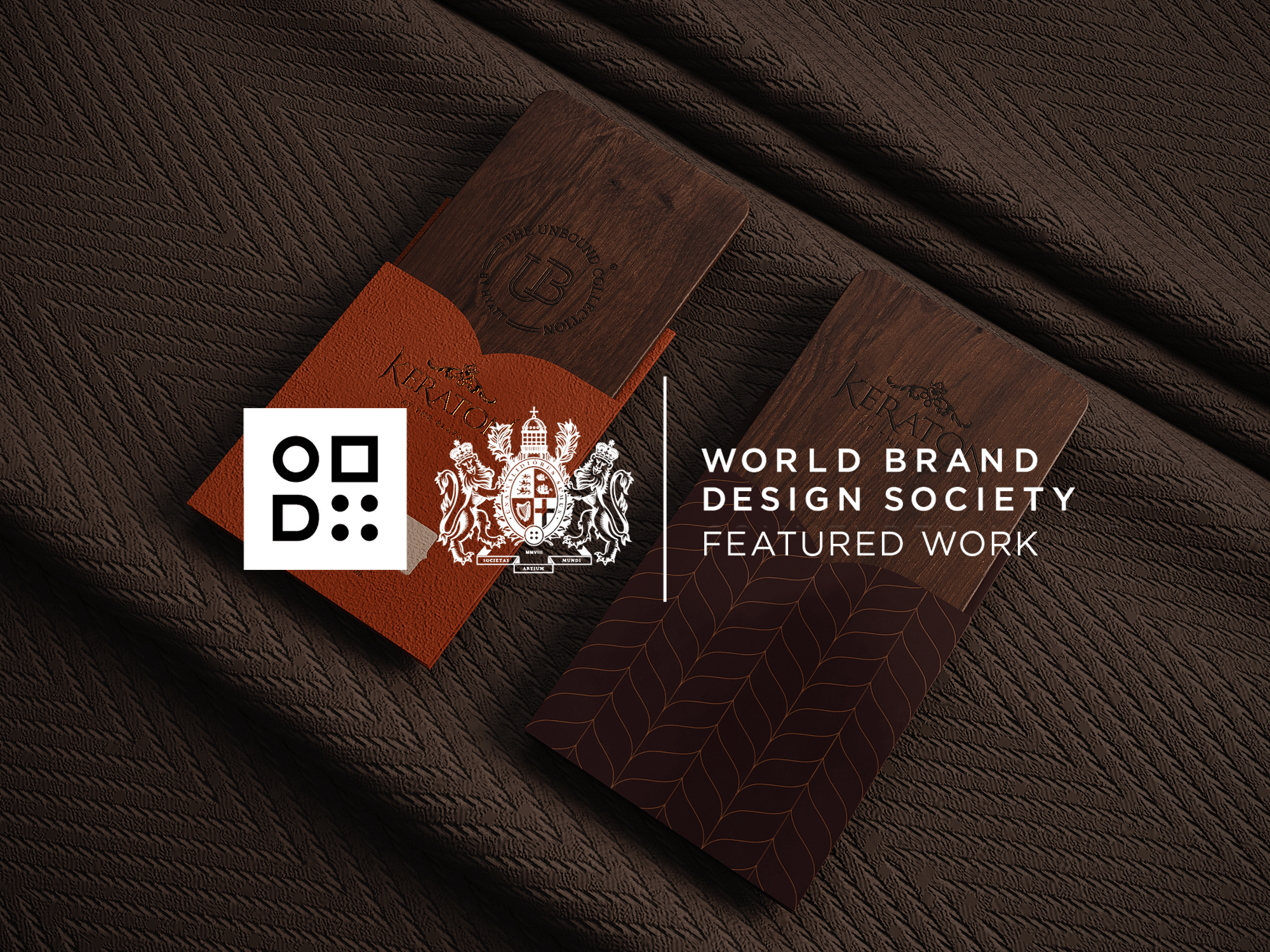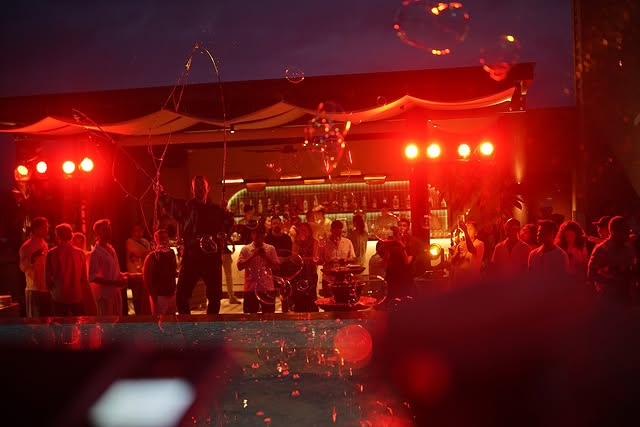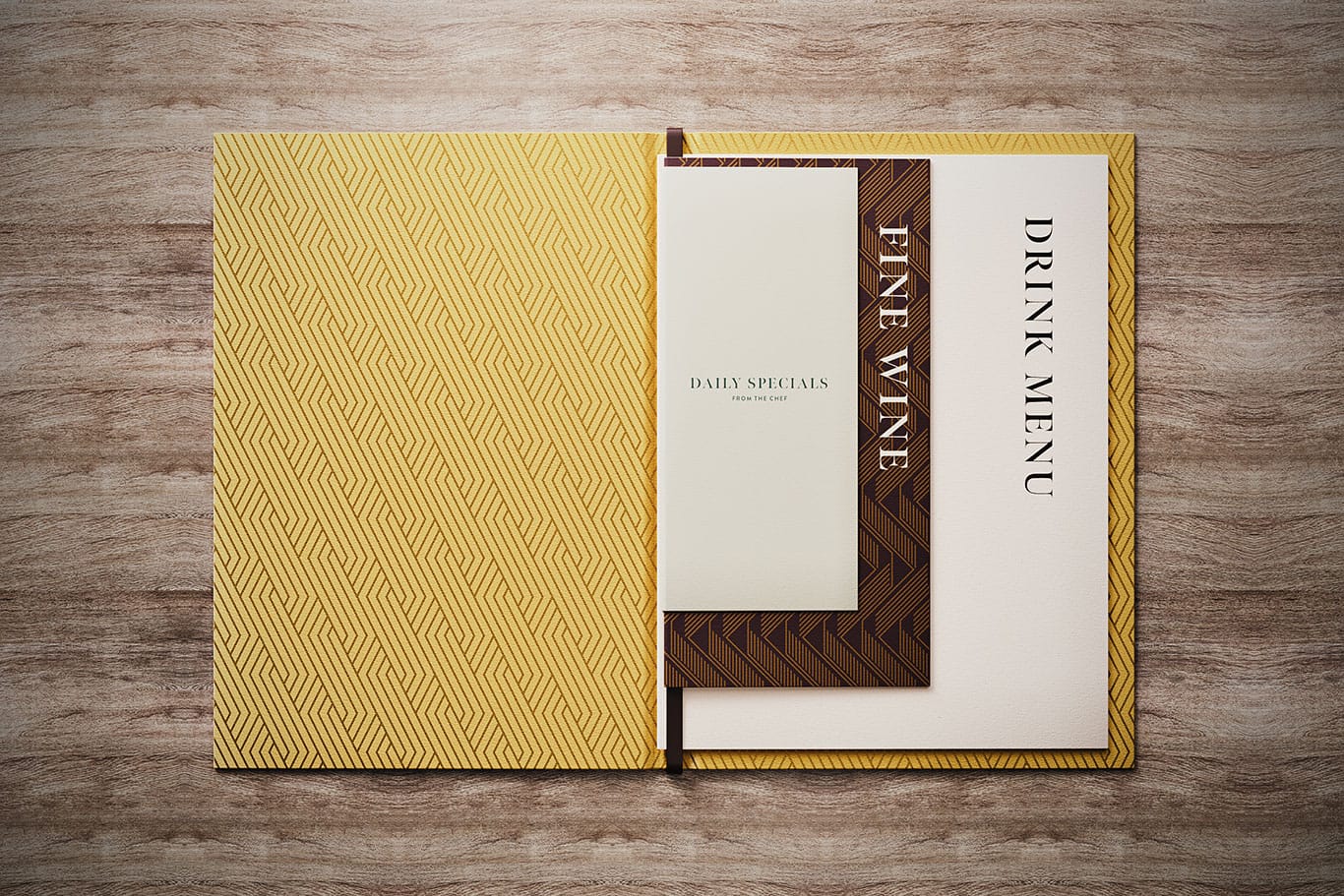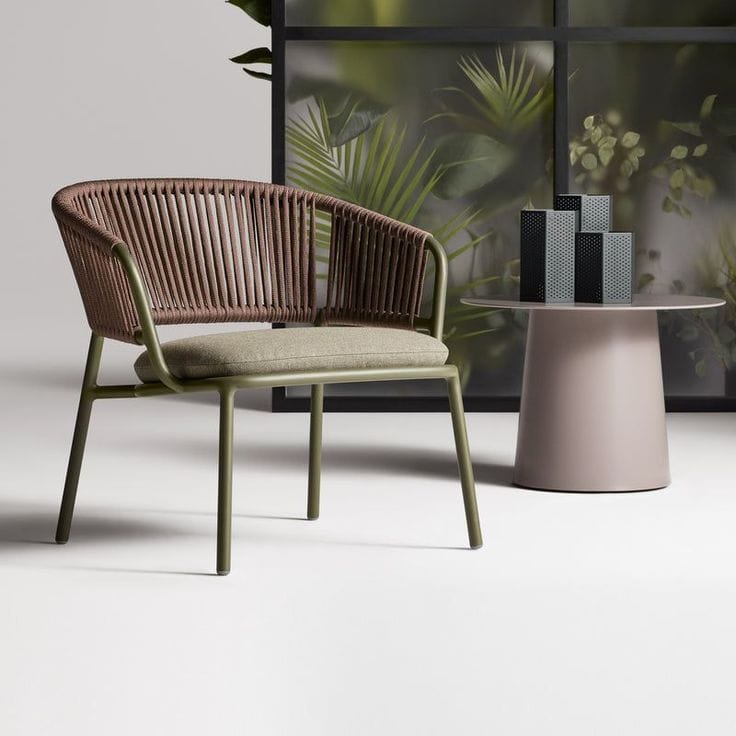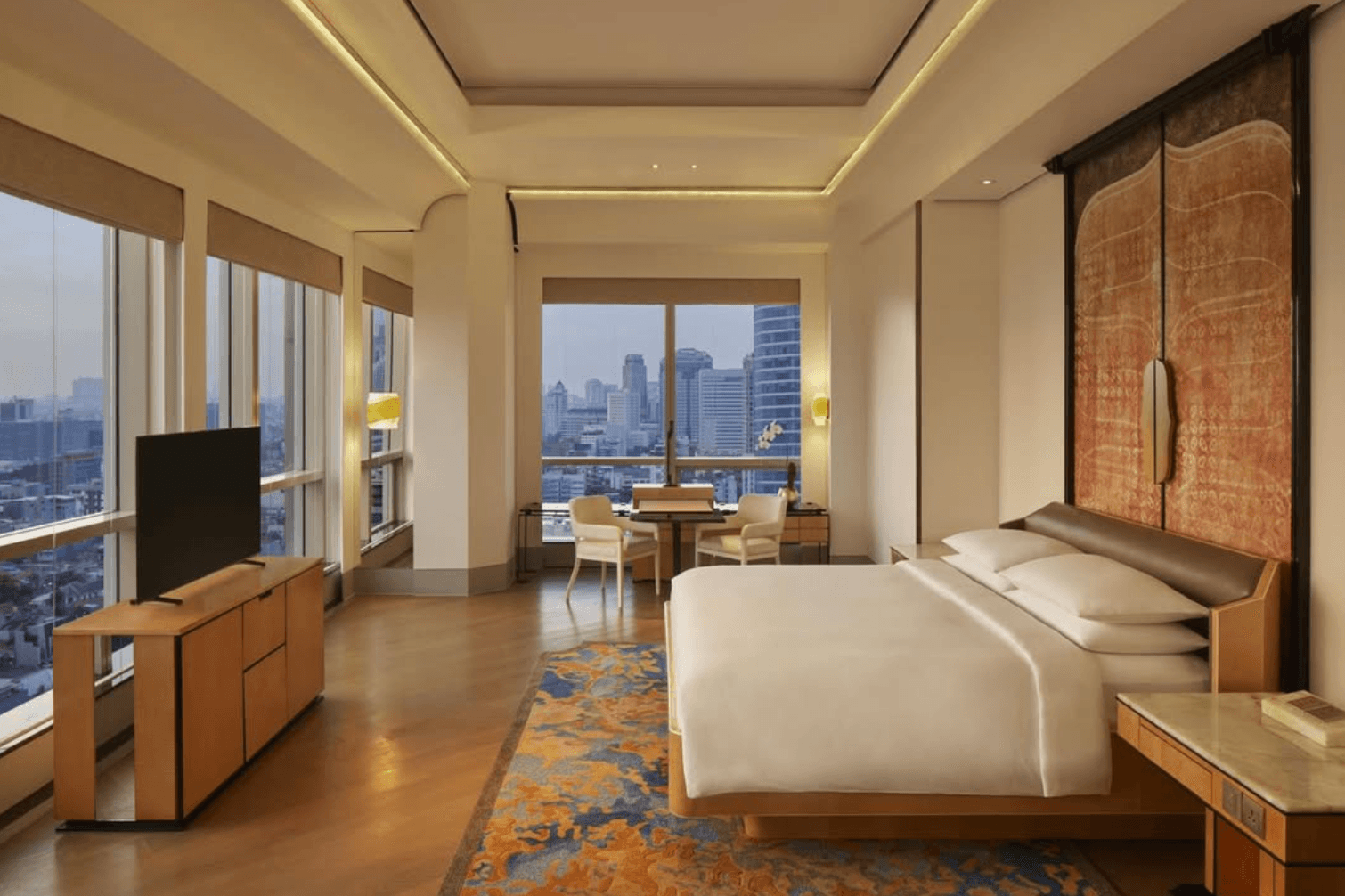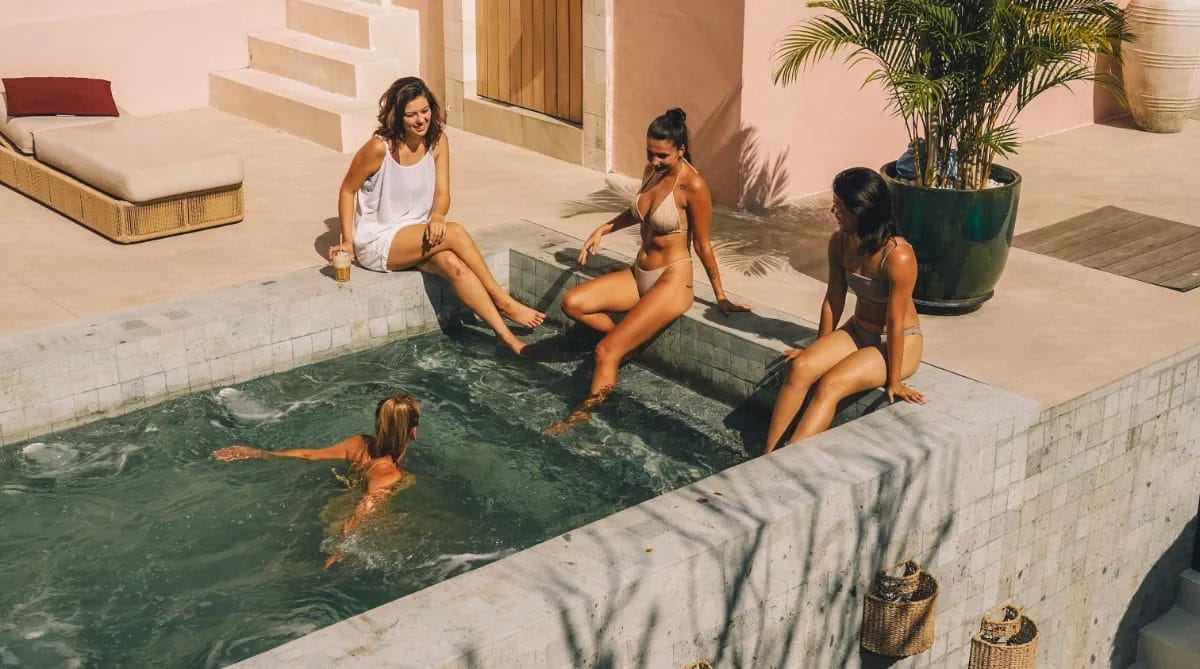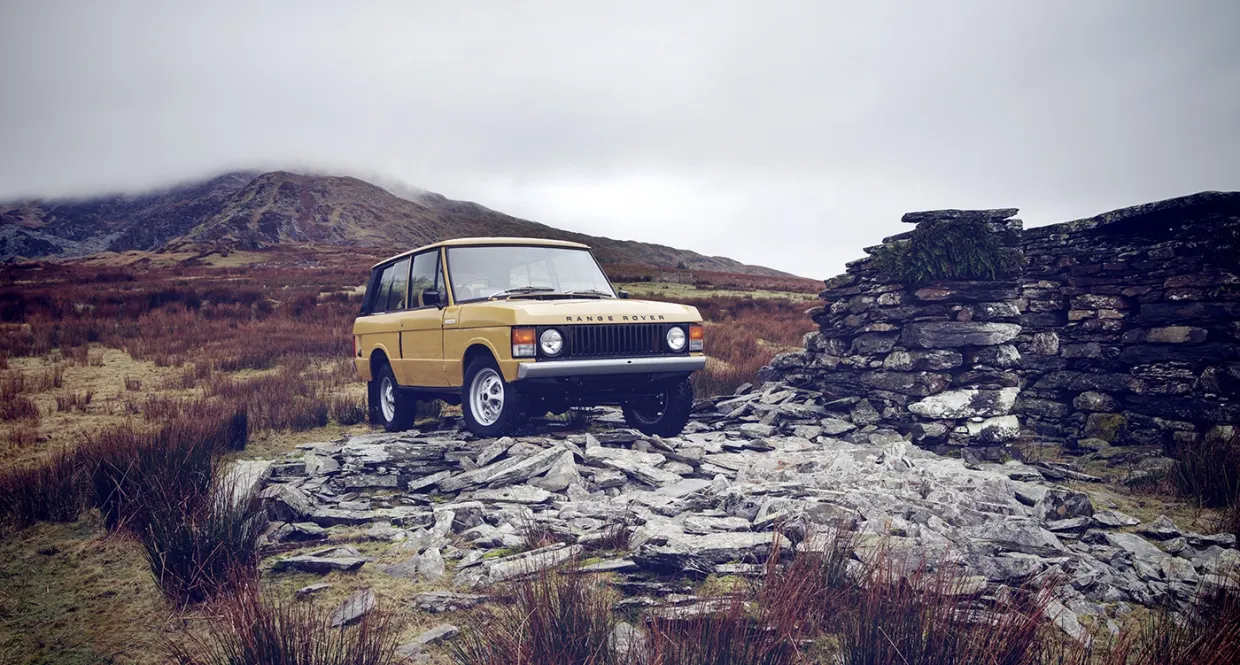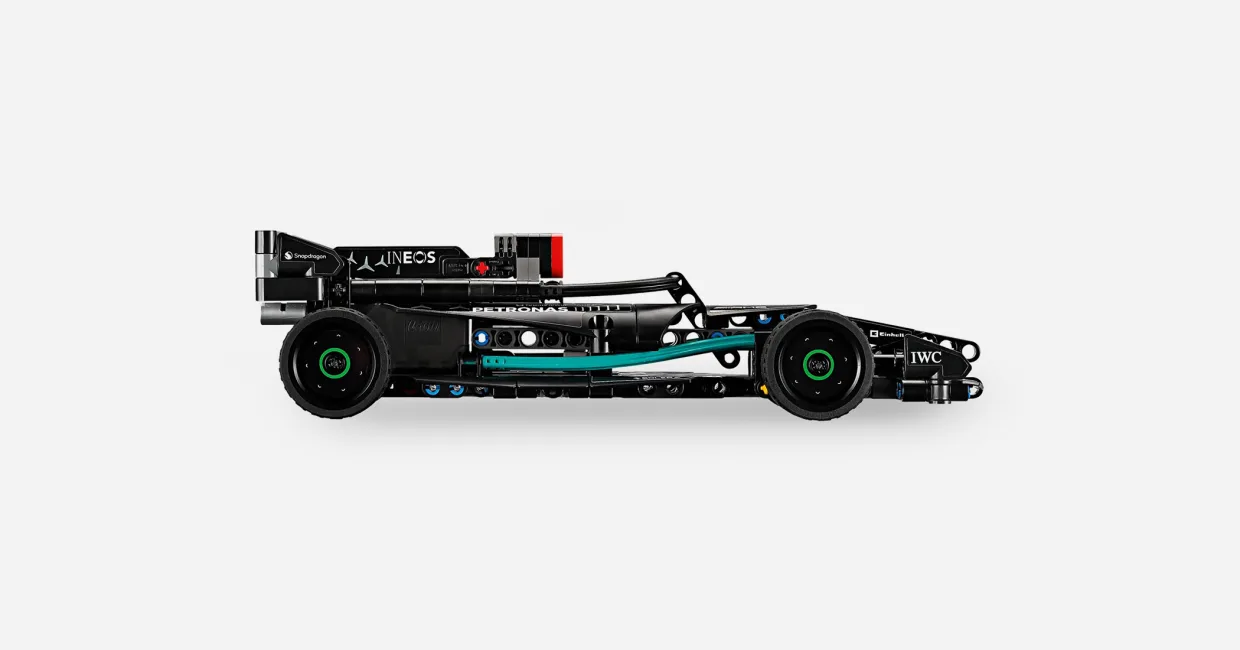Insight
Inside KLEO Seminyak the first JdV By Hyatt in South East Asia: An Interview with Creative Director Alexander De La Haye
Share:
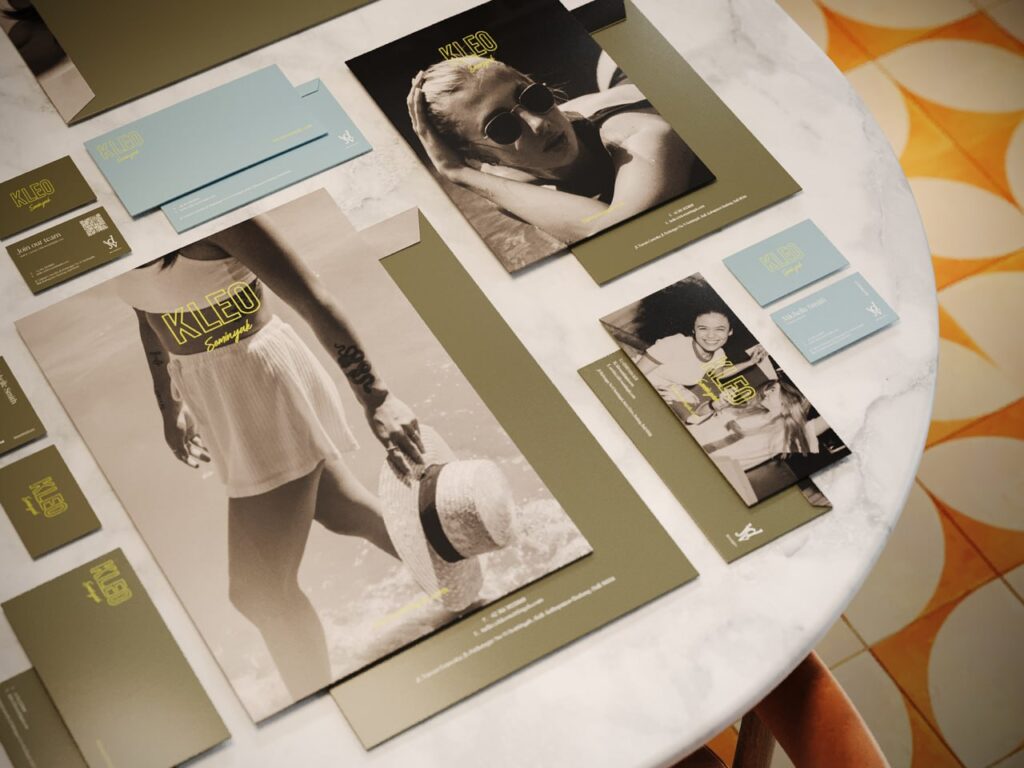
How ADELAHAYE brought Bali’s boldest new boutique hotel to life—through brand, design, and personality
Bali’s hotel scene has a new standout—KLEO Seminyak by JdV by Hyatt, the brand’s first Southeast Asia opening. Edgy, design-led, and alive with neighbourhood spirit, KLEO is the creation of Alexander De La Haye, Creative Director of ADELAHAYE Strategic Branding. We sat down with Alexander to unpack the creative journey behind KLEO—from the brand’s mysterious muse to mid-century interiors, rooftop culture, and what it means to truly design for lifestyle.
Let’s start with the name—KLEO. Where did it come from, and how did it evolve into a full brand story?
The name Kleo came after a deep strategic exploration of JdV’s values, the local Seminyak context, and a desire to create something that felt genuinely different. We wanted to move away from predictable Balinese naming conventions and instead craft a persona—someone who embodied the eclectic, international energy of Seminyak.
Kleo became that character. A little mysterious, worldly, effortlessly cool. Someone you meet at a rooftop party or a sunrise yoga session—always present, yet somehow aloof. The ‘K’ rather than the traditional ‘C’ adds ambiguity, gender neutrality, and edge. That persona became the heartbeat of the brand.
Did being the first JdV by Hyatt in Southeast Asia shape your creative direction?
Absolutely. JdV gives you a lot of freedom, which can be both a gift and a challenge. The creative brief was open, but we worked closely with the Hyatt design and operations teams to craft a strong narrative that would feel unique yet aligned.
Unlike other Hyatt brands, JdV doesn’t come with a rigid template. That gave us room to explore something expressive and authentic. KLEO became a bold, character-driven brand that reflects its location but also stands confidently within Hyatt’s global offering.
How did you ensure the brand and interior concept worked hand-in-hand?
The alignment came naturally because our team handled both from day one. We deliberately avoided clichéd “Bali” references and instead focused on Seminyak—using local materials in unexpected, modern ways.
You’ll find abstract uses of batik, green glass blocks, and concrete hollow bricks reimagined through a mid-century modern lens. Everything is held together by the Kleo brand story, from the colourful accents to the layered social spaces like the vinyl station or gym mezzanine. It’s immersive, not thematic.
How did you balance mid-century modern design with local soul?
Mid-century modern hasn’t really been fully explored in Bali, so it felt fresh. But we didn’t want to impose a style. We grounded it by working with local artisans and materials—reinterpreting traditional textures with an international eye.
Still, this is a hotel about Seminyak, not just Bali. It reflects the neighbourhood’s eclectic mix more than any single cultural reference. It’s about the now—not nostalgia.
What’s one design moment that feels personal to you?
I love the unexpected details—the elevator interiors, the green glass, and the way industrial materials were softened and stylised, especially on the rooftop.
We also redefined the spatial experience: the front restaurant blends into the street, the rooftop bar catches attention from all angles, and the interior invites people to explore rather than just check in. The transformation from the old building to what it is now says it all.
How did Seminyak influence the mood and materiality of the hotel?
Seminyak is a sensory overload—fashion, food, music, art, nightlife. It shifts from laid-back days to electric nights. We wanted KLEO to offer a sanctuary within that buzz, while still being very much part of the street.
That’s why we designed the restaurant to open onto the sidewalk, created bold signage, and gave the building a mural that makes a statement. It’s meant to feel like a cultural player, not just another hotel.
What was the vision behind the rooftop social space?
We were inspired by the intimacy of members’ clubs like Soho House, but made it inclusive. The rooftop is open, vibrant, and full of possibility. There are intimate pockets, a bar, pool, event space—it’s highly flexible.
It’s the kind of rooftop you’d expect in Singapore or Bangkok, not Bali. We wanted it to be an iconic part of the hotel and the wider neighbourhood.
What makes KLEO unique in your portfolio?
It’s the first major project where we led everything—from brand creation to interiors, architecture, and activation—for a global hospitality brand. That kind of end-to-end control allowed us to shape something incredibly coherent and alive.
Was the vision clear from the start?
The vision—to create a neighbourhood-centric, personality-driven brand—was always clear. What evolved was the strength of Kleo as a character.
She—or they—are the lens through which the entire experience unfolds. And that gives the hotel room to evolve as the neighbourhood evolves. It’s already becoming a part of Seminyak’s next chapter.
How do you ensure consistency across every guest touchpoint?
It helps when the team behind the brand is also behind the design. The consistency is built in. Working with Hyatt’s design team also gave us access to global expertise. Their input elevated the project, and it’s definitely shaped how we’ll approach interiors going forward.
How did you build lifestyle and discovery into the guest experience?
Lifestyle isn’t a buzzword here—it’s embedded. We designed spaces for music, art, retail, and surprise. There’s a vinyl listening station with local artists, gallery-style merchandising, and narrative-led wayfinding.
We also created local guides and hidden cues where Kleo steps in, subtly pointing guests toward under-the-radar experiences. It’s like having a hip, well-connected friend in Seminyak.
What does this project mean to you personally?
This was a major creative milestone for us. To be trusted by Hyatt for their first JdV in Southeast Asia, and to bring something so distinct to life from the ground up, is something we’re incredibly proud of.
The transformation of the building alone tells the story. But more than that, we created a brand with soul—one that will live and grow with its neighbourhood.
And finally—what’s next for you and ADELAHAYE?
We’re continuing our work with Hyatt on other brands like Grand Hyatt and Andaz in Indonesia and beyond, as well as projects with other international groups.
KLEO has validated our belief in full-scope creative work—from strategy to interiors. It’s the kind of impact we want to build on, and the kind of work we’re most passionate about.
